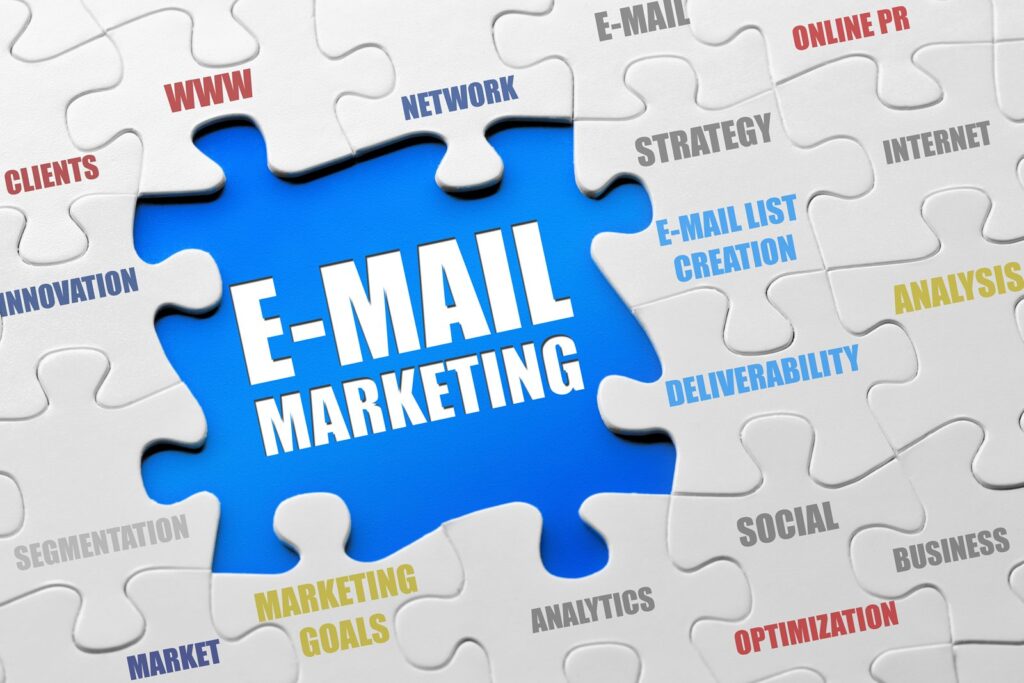
A/B testing (also known as split testing)
Attempt to send out several different copies of an email! And then confirm which one is the most effective. A/B testing is available through services such as Mailchimp, Campaign Monitor, and Aweber. They allow you to test different combinations of content, header, call to action, and other elements.
- Choose a small initial group of people to whom you will send different variations of your email; these people must be representative of the entire list.
- Following that, select the various versions you’ll be testing and distribute them to the individuals who have been selected.
- Following an evaluation of the results, the winning email will be selected and sent to the entire list of recipients.
Email Markup
By utilizing Email Markup, you can create richer emails that contain more information and have a different presentation.
Users can take action or view information through these direct interactions without having to open an email and search for the content that is relevant to them first.
For emails, your Jumpseller store is already set up to use the schema.org markup format, which is already integrated.
There is no need to configure this markup in order to have it appear in your business.
Frequency
Email marketing is a cost-effective and effective way to reach customers, but sending too many emails can be detrimental to your company’s image.
Make sure to determine the most effective frequency for sending out emails. Is it your intention to go once a week or once a month?
You must make a decision based on the information you wish to share, the product or service you are selling, and the requirements of the industry in which you operate.
The important thing is not to exhaust your content, become predictable, and ultimately lose your target audience.
Automated Emails
Newsletter and emails within a marketing campaign are important, but often talking about email marketing, people forget to mention transactional emails.
The emails that are sent after the customers have taken a certain action on a website, this action might not even have to be a purchase, it can be anything, for example, a simple form filling to create an account on the website.
Although these are automated emails, they can also be used for marketing, and indeed remarketing. Consider making them entertaining, aligning them with your company’s brand image, leaving a message for the visitor, and avoiding being boring.
The Option to Unsubscribe
The option to UNSUBSCRIBE should be available to the customer at all times.
It is possible that people register themselves by mistake, or that the email address that was registered is currently being used for something else.
Whatever the reason, it must be very apparent to the customer that they have the option to opt out! What is the significance of this?
The primary purpose is straightforward: to avoid being labeled as SPAM (unwanted commercial email).
The option to unsubscribe is usually located at the bottom of the email. Because it is required in some countries, most businesses automatically include this feature as a standard feature.
Analysis
The ability to track and measure results is a major reason why email marketing is so popular.
Following the completion of a successful email marketing campaign, such as sending out a monthly newsletter, it is always a good idea to conduct a post-campaign analysis.
The open rates, unique clicks, spam reports, and unsubscribe figures are all important metrics to track and analyze.
You should also keep track of which links were the most popular and which ones did not perform well. By doing so, you can gain insight into the behavior of your audience, determine what type of content they are interested in, and tailor your subsequent emails accordingly.